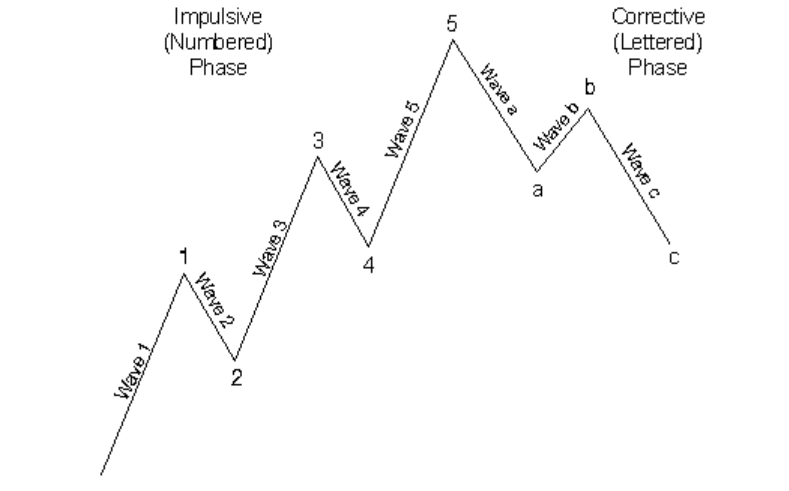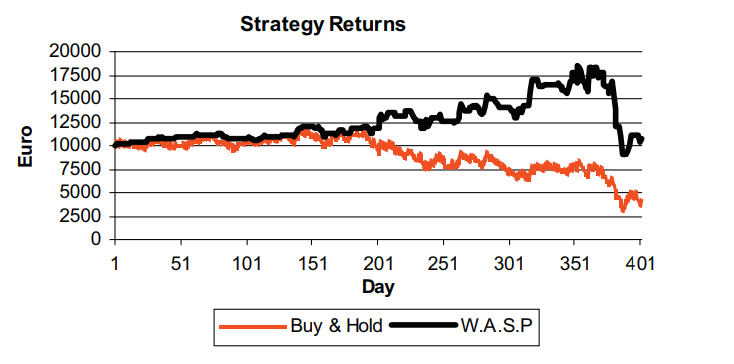Today the DAX fell to the 11900 point mark and is accounting for a loss of 1,60% one hour before close, standing at the 11930 point mark. At this time no stock is in the green range with the biggest loss coming from the German Media Behemoth ProsiebenSat1 with a booming 13% loss. Investors seem to be looking to invest in assets deemed safe such as Gold, which is up 0,6%.
ProsiebenSat1 warned that TV advertising revenues in German-language markets would decline in the third quarter and said it may look for external investors. The top German free-to-air broadcaster had already cut its TV advertising market outlook twice this year but said as recently as earlier this month it still expected a bounce-back in the second half of the year. Many major companies that rely on ad revenue have reported spending cuts by makers of fast-moving consumer goods such as Unilever, Nestle and Procter & Gamble – the world’s biggest advertisers – as they respond to weak global economic growth. Goldman Sachs downgraded ProSieben to “neutral” from “buy”. “We believe shares will remain under pressure until the first signs of market improvement (this is likely to affect other ad-exposed stocks as well),” it wrote. ProSieben shares were down 11.6 percent to 28.90 euros by 0820 GMT, at the bottom of the German blue-chip DAX and dragging the European media index down 2.5 percent.
Following a brief early tease to the upside, which saw the Dow Jones Industrial Average rise close to 50 points in minutes after yesterday’s market open, further reflections on the widespread damage caused by the hurricane that ravaged Houston and other parts of the southeastern portion of Texas over the weekend, the equity market quickly turned lower. As has been the case for much of this year, however, the pullback was relatively mild, with the Dow continuing to trade between 20 and 40 points lower, while the S&P 500 held just below the breakeven line. Breaking things down, the most of the morning saw more stocks decline than rise on the NYSE, although the differential was modest. One outlier was the NASDAQ, which gained nicely during this time. As for individual stocks, the Dow was pushed lower by a multi-point early decline in shares of Travelers. Energy prices also faltered on the damage brought on by the hurricane, with driller Schlumberger pulling back, and nearing a 52-week low in the process. As to other trading influences, with a heavy week of economic news before us, headlined by this Friday’s reports on employment and unemployment, along with key data on manufacturing, Wall Street was also consumed with the latest political news, where, this week, President Trump is expected to push his tax reform package, the timing of which could be in some jeopardy if costs to pay for the hurricane balloon in the months to come. Also, with pivotal data due on the economy, some focus will logically turn to the Federal Reserve, as it prepares to meet this month. Meanwhile, after this mid-morning Dow reversal, stocks steadied somewhat, so that as we neared the noon hour in New York, the blue-chip composite was nearing breakeven, while the NASDAQ’s gain was increasing. Then, as the afternoon got under way, stocks slipped anew, and within an hour, or so, the Dow and the S&P 500 were well into the red, while the NASDAQ’s gain, once 27 points, had eased to nine. Joining Schlumberger in the red, meantime, was food giant General Mills , with its setback bringing that quality issue to within a point of a new low. Stocks then stayed range-bound into the late afternoon, before some last minute buying almost wiped out the Dow’s deficit. Even so, at the conclusion of the session, that composite was off by only five points. A token gain, meantime, was tallied by the S&P 500 Index and a 17-point advance was inked by the NASDAQ. In the end, much of the day’s focus was on Hurricane Harvey, which was crippling the energy industry in Texas. As for the ultimate cost of the tragedy, above and beyond the human toll, it will be steep, with a partial offset from rebuilding. The potential of such rebuilding, in fact, did help one Dow stock to a hefty gain on the day, as The Home Depot jumped nearly $2.00 a share. Elsewhere, there was little excitement on this Monday in late August. Looking ahead to a new day now, we see that stocks were tumbling across Asia overnight, on jitters about North Korea that emerged late yesterday, while in Europe, the major bourses are now trading much lower, as well, on those same fears. In other markets, oil is little changed; gold, up sharply in recent weeks, is soaring again after North Korea launched another missile; and Treasury yields are down notably in a flight to safety. Finally, our futures are moving decidedly lower at this early hour, with the Dow suggesting an opening loss in excess of 100 points.













